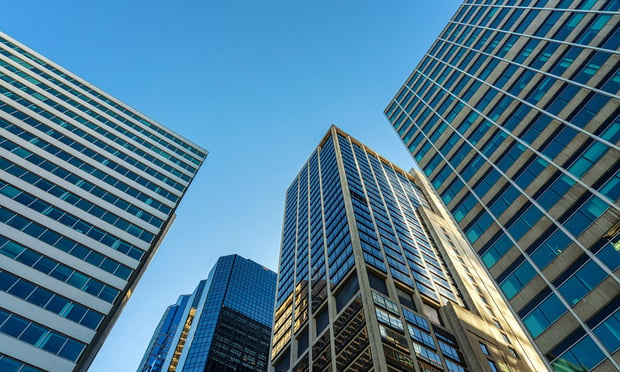"Obviously there's been some knee-jerk reaction to get out of high-rise towers and out of so-called target-type buildings," Levine says. "But for finance, marketing and advertising, people need to be in a hub. Those individuals will always need to maintain a presence in Manhattan, and you just can't afford to put up low-rise buildings in Manhattan--land is too expensive."
And building sizes in Manhattan are unlikely to change going forward, Levine says. "People seem to be very comfortable with the typical Sixth Avenue, 50-to-60-story office building." And it is that size building that developers are geared up for. "When you build a building that is not the norm, hoisting methods, craning, etc., becomes more difficult."
Insurance, Levine says, is off the table as a design-factor, at least for the near term. "At this point, the carriers are all indicating they don't have terrorism insurance anymore, which is a matter for government concern." He adds that the creation of federal reinsurance programs that sprung from the devastation caused by Hurricane Hugo in 1989 "should be used as a model going forward for use with terrorism events."
Want to continue reading?
Become a Free ALM Digital Reader.
Once you are an ALM Digital Member, you’ll receive:
- Breaking commercial real estate news and analysis, on-site and via our newsletters and custom alerts
- Educational webcasts, white papers, and ebooks from industry thought leaders
- Critical coverage of the property casualty insurance and financial advisory markets on our other ALM sites, PropertyCasualty360 and ThinkAdvisor
Already have an account? Sign In Now
*May exclude premium content© 2024 ALM Global, LLC, All Rights Reserved. Request academic re-use from www.copyright.com. All other uses, submit a request to [email protected]. For more information visit Asset & Logo Licensing.








